What really lies behind the mystery of the Bermuda Triangle?
We used to be obsessed with the mystery of the Bermuda Triangle, and then it disappeared... David Barnett goes in search of the real story

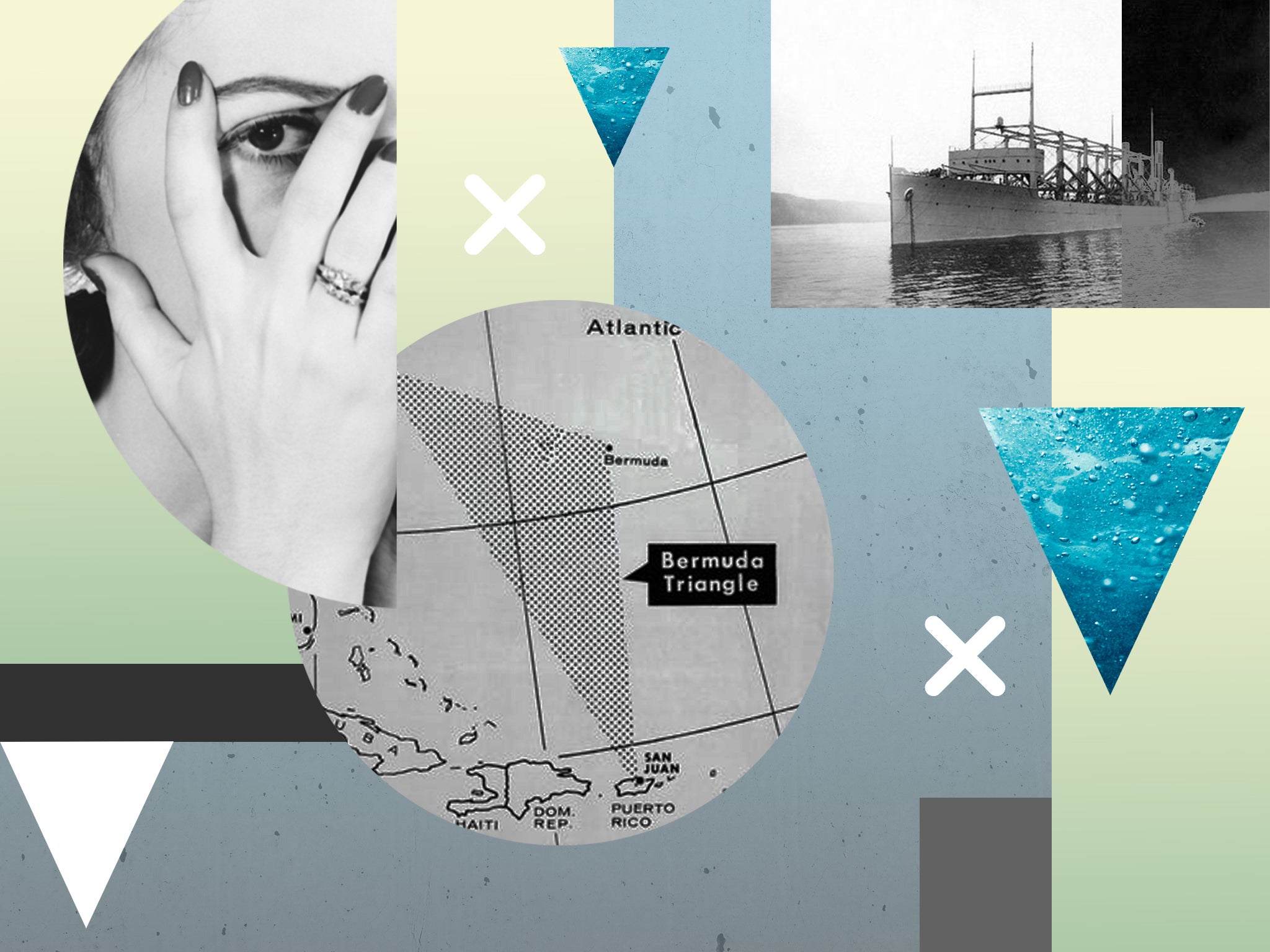
On 5 December 1945, five United States navy TBM Avenger bombers took off from Fort Lauderdale, Florida, at 2.10pm as part of a navigation training exercise codenamed Flight 19. Their 320-mile route was to take them east from Florida then banking north, flying over Grand Bahama Island, then turning southwest and heading back to their base.
Five days later, the search for the five planes was called off after not a single trace was found of any of them, with the only clue to the disappearance of all five planes a few fragmentary radio messages that seemed to make no sense at all.
Leading the training exercise was experienced pilot Lt Charles Carroll Taylor, who had another veteran pilot with him, leading the other 12 trainee pilots, gunners and radio operators on what should have been a straightforward exercise.
But two hours into the flight, Taylor radioed base to say he’d completely lost his bearings. He said: “Both my compasses are out… I’m over land but it’s broken… I’m sure I’m in the [Florida] Keys but I don’t know how far down and I don’t know how to get back to Fort Lauderdale.”
If Flight 19 had kept to its scheduled course, it should not have been anyway near the Florida Keys at that point – it should have been 200 miles away near Great Sale Cay.
Over the course of the next two hours, Taylor radioed back to say he believed they were over the Gulf of Mexico and heading back to Florida. His final message revealed that Flight 19’s five planes were running low on fuel and would have to take drastic action.
“All planes close up tight… we will have to ditch unless landfall… when the first man gets down to ten gallons we will all land in the water together.”
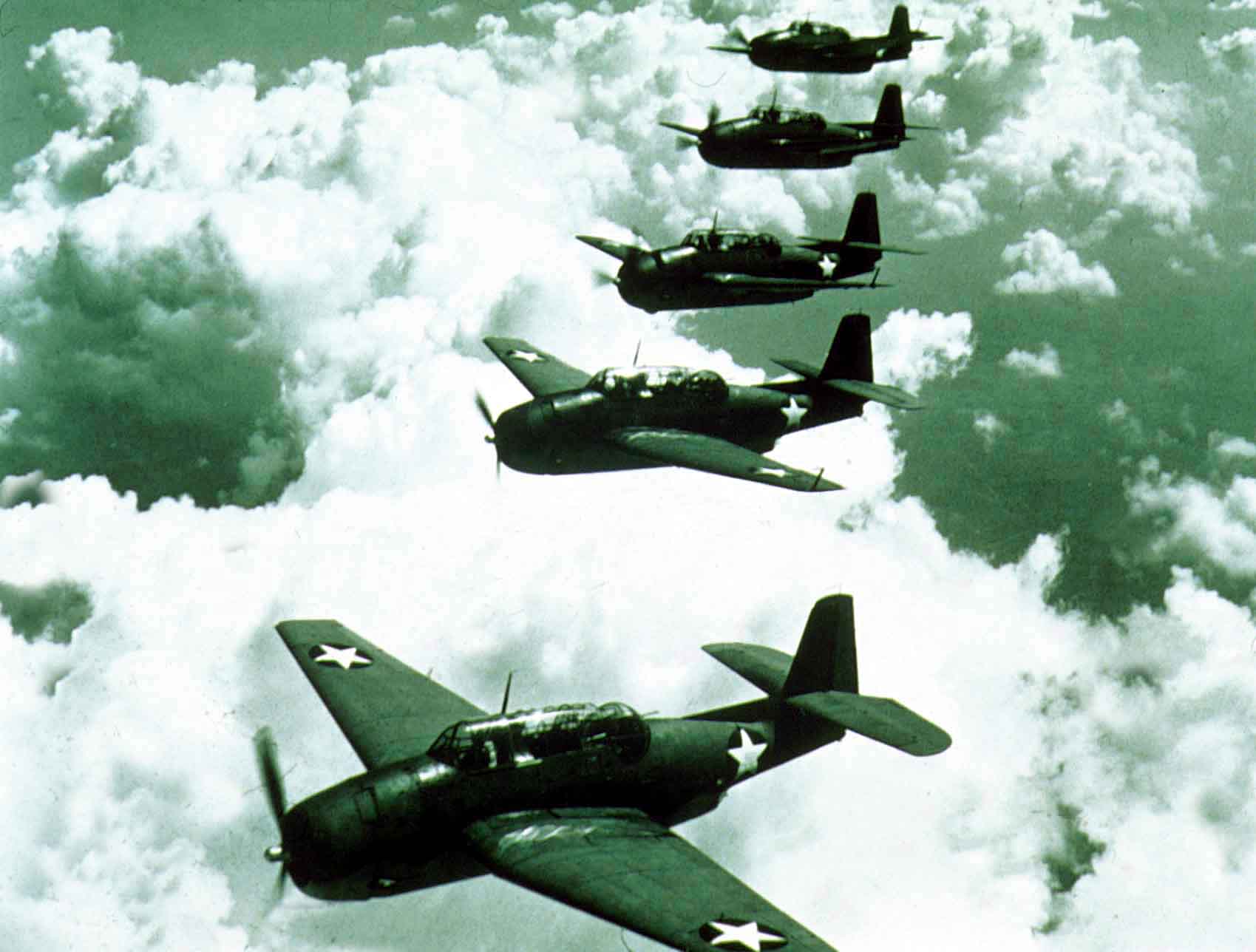
Two flying boats were despatched to search the area. One had to turn back when its antenna iced over, and the other crashed in the sea. A five-day search ensued for Flight 19, covering 250,000 square miles of open sea, and failed to find so much as a single trace of them. The five planes had seemingly disappeared off the face of the Earth… indeed, one journalist claimed that a member of the navy inquiry board set up to investigate the disappearance told him that Flight 19 appeared to have “flown off to Mars”.
And thus began the mystery of the Bermuda Triangle, which would capture the public imagination for the next three decades. The Bermuda Triangle roughly covers the area between the points of Miami, San Juan in Puerto Rico, and the island of Bermuda, though the boundaries are often smudged to accommodate the legend.
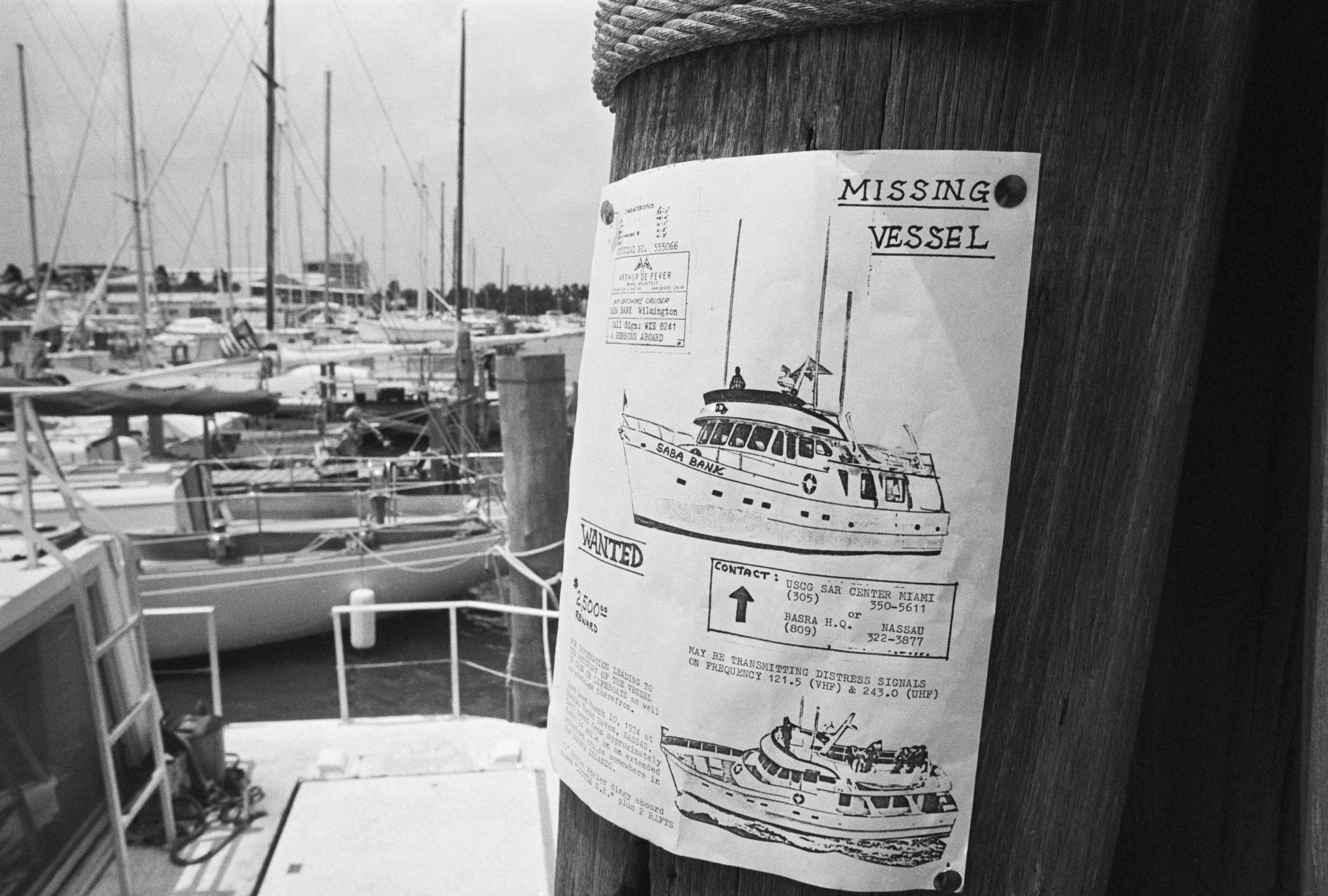
Planes and ships were said to crash and disappear with alarming regularity inside the area, which also became known as the Devil’s Triangle. Wild theories abounded, from the Bermuda Triangle being a hotspot for UFOs to it being the site of the sunken city of Atlantis, with paranormal or supernatural activity being blamed on the plight of the ships and aircraft.
The Bermuda Triangle was absorbed into popular culture in the 1970s and 1980s, featuring across a host of media. The 1977 TV series The Fantastic Journey detailed a family-led scientific research trip that falls foul of a green cloud in the Bermuda Triangle and sees them shipwrecked on a mysterious island where time zones clash and overlap.
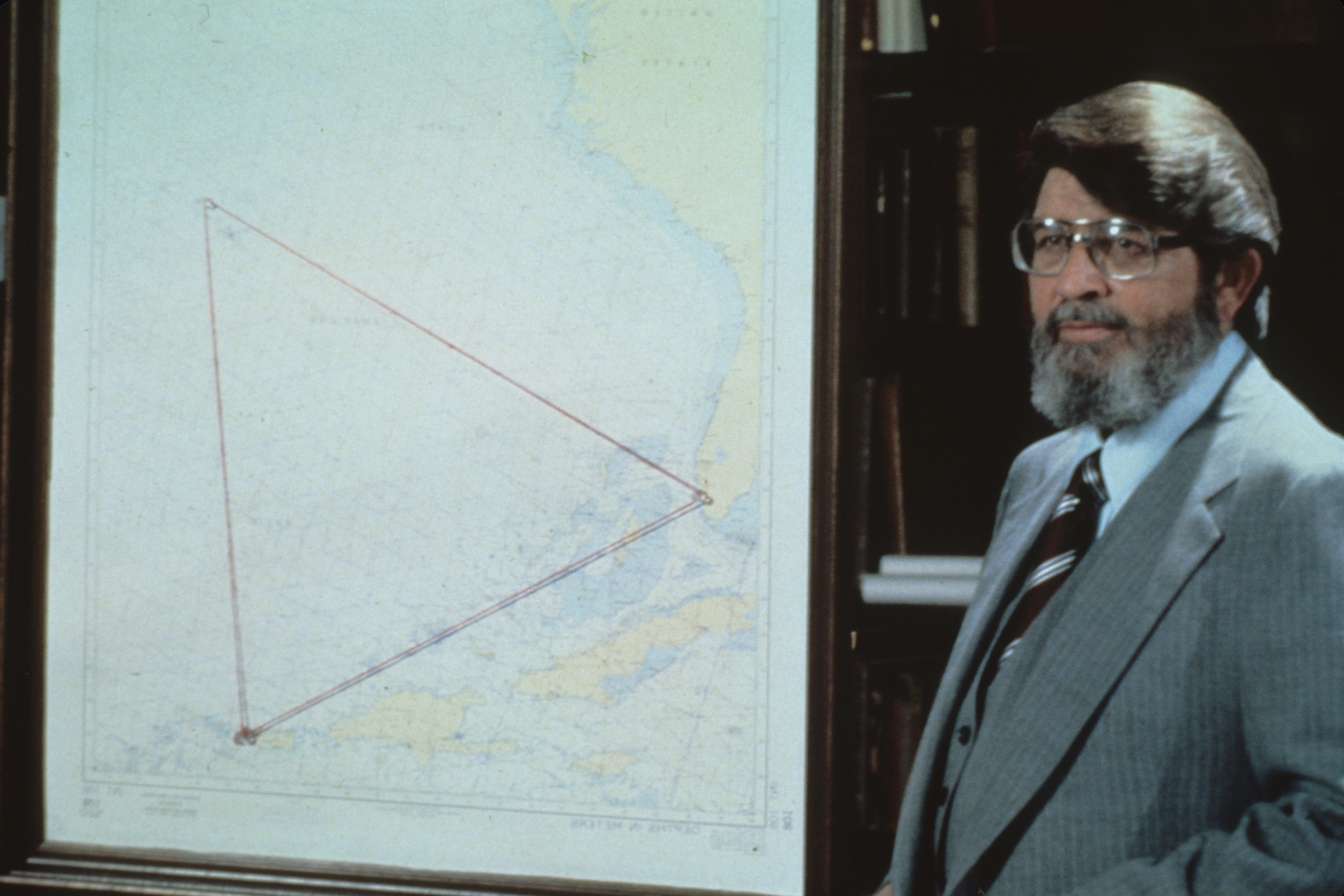
Vincent Price narrated a 1974 documentary called The Devil’s Triangle, throwing all the incredible theories the producers could find out there, and TV stalwarts from Scooby-Doo to Wonder Woman all braved the Bermuda Triangle’s mysteries.
There was a board game, and an Atari video game. Even the pop charts weren’t immune from the Bermuda Triangle’s charms, with both Barry Manilow in 1981 and Fleetwood Mac in 1974 releasing tracks with that title, the earlier one opining: “I guess you've heard about the Bermuda Triangle / There's something going on / Nobody seems to know just what it is/ And the air force won't let on.”
With regards to Flight 19, it was the navy, rather than the air force, which was investigating, and its 400-page report did not let on what happened to the five planes, even if it knew. Lawrence David Kusche’s 1975 book The Bermuda Triangle Mystery – Solved! didn’t exactly live up to its title, but it did pour cold water on any paranormal theories about Flight 19, suggesting that the planes had run out of fuel and the crews had been unable to get into life-rafts before their ditched aircraft sank.
Its influence on popular culture was evidence of how widely known the Bermuda Triangle was, and yet we hardly talk about it today
But it could not answer the key mystery with Flight 19 – why their compasses failed, why they appeared to be so far off course, and why cryptic radio messages were sent that said: “Even the ocean doesn’t look as it should,” and the rather chilling, “Don’t come after me… it looks like…”
The mysteries were stoked even further by Charles Berlitz’s best-selling book The Bermuda Triangle, published in 1974, which sold 20 million copies to a sensation-hungry public. In fact, it’s probably Berlitz’s book (yes, he’s part of the family that founded the language-learning empire) that really propelled the idea of the Bermuda Triangle as a place of mystery and the paranormal into the public eye. Berlitz expounded theories about Atlantis and UFOs and was a follower of the idea that alien astronauts had visited Earth in ancient times.
Kusche ridiculed Berlitze’s theories, but the Bermuda Triangle had a firm grip on the public psyche by the 1970s… though the term originated a decade earlier.
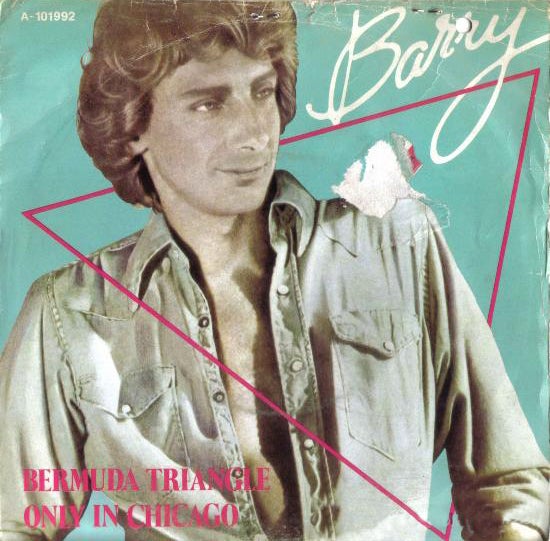
“The myth of the Bermuda Triangle started in 1964, when Vincent Gaddis wrote an article for Argosy Magazine, and in 1974 two books published by Charles Berlitz and Richard Winer (The Devil’s Triangle) really elevated the myth. Leonard Nimoy also discussed the Bermuda Triangle in 1977 on his “In Search of…” TV series,” says Shane Satterley, PhD candidate at Griffith University, Queensland Australia. “Why that area? Were there really more incidents there than other areas of the ocean? The area, as far as I can tell, is completely arbitrary and, statistically speaking, there aren’t more incidents involving air or sea craft in the region known as the Bermuda Triangle.”
Its influence on popular culture was evidence of how widely known the Bermuda Triangle was, and yet we hardly talk about it at all today. Satterley says: “In some sense it was definitely a sign of the times, think back to the Sixties and Seventies when we were going to the moon and Spielberg’s big Close Encounters movie came out in 1977.
“This was a time when everyone was looking up. I think the fact that no commercial airline has ever had an incident in the region and the fact you can literally track planes go through the area, may have helped dispel the myth. But I would not say we have gotten more sophisticated in general; our stories and myths have just moved on to other things.
Rogue waves, or tidal waves, are one of the fastest things on Earth. It’s hard to believe but they can come out of nowhere and move at 700mph
“Joe Rogan on his enormous podcast in the US discusses the possibility of UFOs often, due to supposed new sightings and released information from the US government. What is important to remember though is that unexplained phenomena do not need fantastic explanations, as much as we might want them to be true, the entire history of science shows us that a natural explanation is often around the corner so believing things on unreliable or insufficient evidence is a mistake.”
And sometimes a dangerous mistake, says Satterley, adding: “When something appears to be weird and there is not a scientific or natural explanation for what we just saw, people are quick to assign an answer and sometimes do this with a supernatural one: people prefer a conspiracy theory over no theory at all.
“As a species we are hardwired for this, we seek patterns which are essential for survival but often leads us into false-positives because this is safer than a false-negative; it’s better to think the rustle in the grass is a tiger rather than just the wind, for obvious reasons. People often turn to the supernatural or paranormal when the event is yet to be explained, but when the event has a satisfactory natural explanation the supernatural/paranormal claims are rendered obsolete.
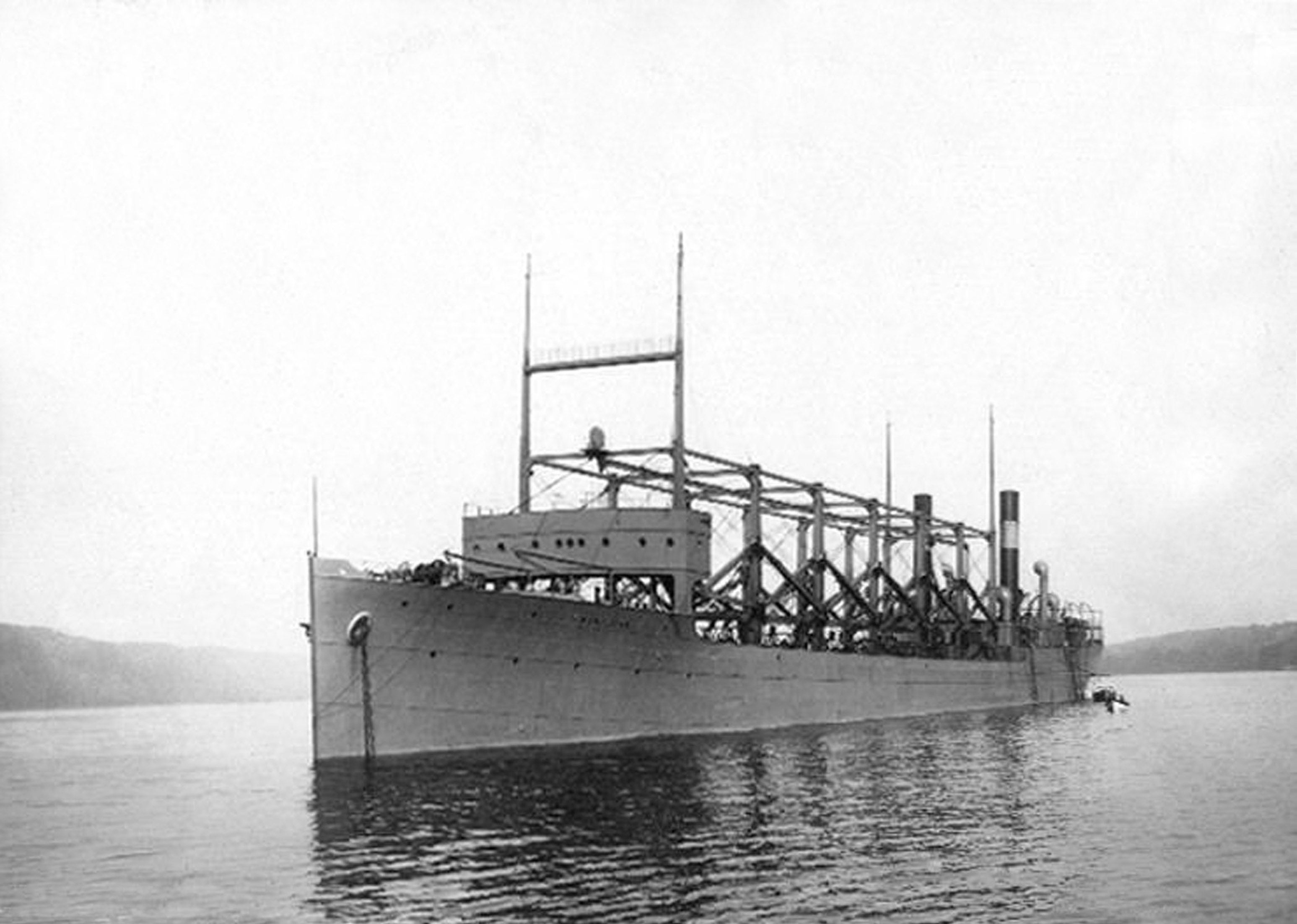
“It may seem like a harmless bit of fun to speculate. But remember in the same year the aforementioned books came out the UFO Christian cult Heaven’s Gate was founded. The group became convinced they could travel up to a UFO trailing the Hale Bopp comet in 1997. To do this – group suicide. When you leave the critical thinking door ajar you run the risk of people taking things to strange and extreme conclusions.”
Bermuda Triangle disappearances far pre-date the disappearance of Flight 19 – but it’s a matter of perspective of whether this is a case of joining the dots or jumping to conclusions. In 1884 the sail training ship HMS Atlanta (originally called HMS Juno) disappeared with her entire crew after setting sail from Bermuda bound for Falmouth in Cornwall. In 1918, the USS Cyclops, transporting a cargo of manganese ore, disappeared after leaving Barbados. The schooner Carroll A Deering was found deserted by the US Coast Guard off the coast of North Carolina in 1921.

In the air, passenger planes run by British South American Airways disappeared without trace in 1948 and 1949; the Star Tiger was en route from the Azores to Bermuda, the Star Ariel from Bermuda to Jamaica. Also in 1948, a Douglas DC-3 disappeared between San Juan, Puerto Rico and Miami, with no wreckage or sign of the 32 people on board ever found.
As Satterley says, it is an enticing, almost romantic notion to believe that something strange and unexplained is happening in the Bermuda Triangle. And yet, we don’t hear of it any more. So either the aliens or Atlanteans stopped stealing our planes and ships, stopped spiriting them through time or space or to the bottom of the sea, or something else happened.
And that something else is probably advances in technology. When Bermuda Triangle fever was at its height, methods of tracking shipping and air traffic were still very much in their infancy, compared to the GPS technology we have today. Your mobile phone can give your position within a few metres, so it’s a lot harder to lose a tanker or passenger aircraft.
Even when that happens, today, we don’t immediately think that aliens or ghosts are responsible… unless you inhabit some corners of the internet, of course. Take Malaysian Airlines Flight 370, which disappeared between Kuala Lumpur and its destination of Beijing in 2014. Even with advanced satellite tracking technology, no one was able to explain why and where the plane had gone down, and it was two years before wreckage started to wash up.
But it does illustrate how difficult it was to find missing ships and aircraft even 35 years ago. Satterley says: “What that incident shows us is how quickly we can lose an aircraft in the ocean, and notice that originally some planes that went missing were small single engine craft that disappeared within seconds of hitting the water.”
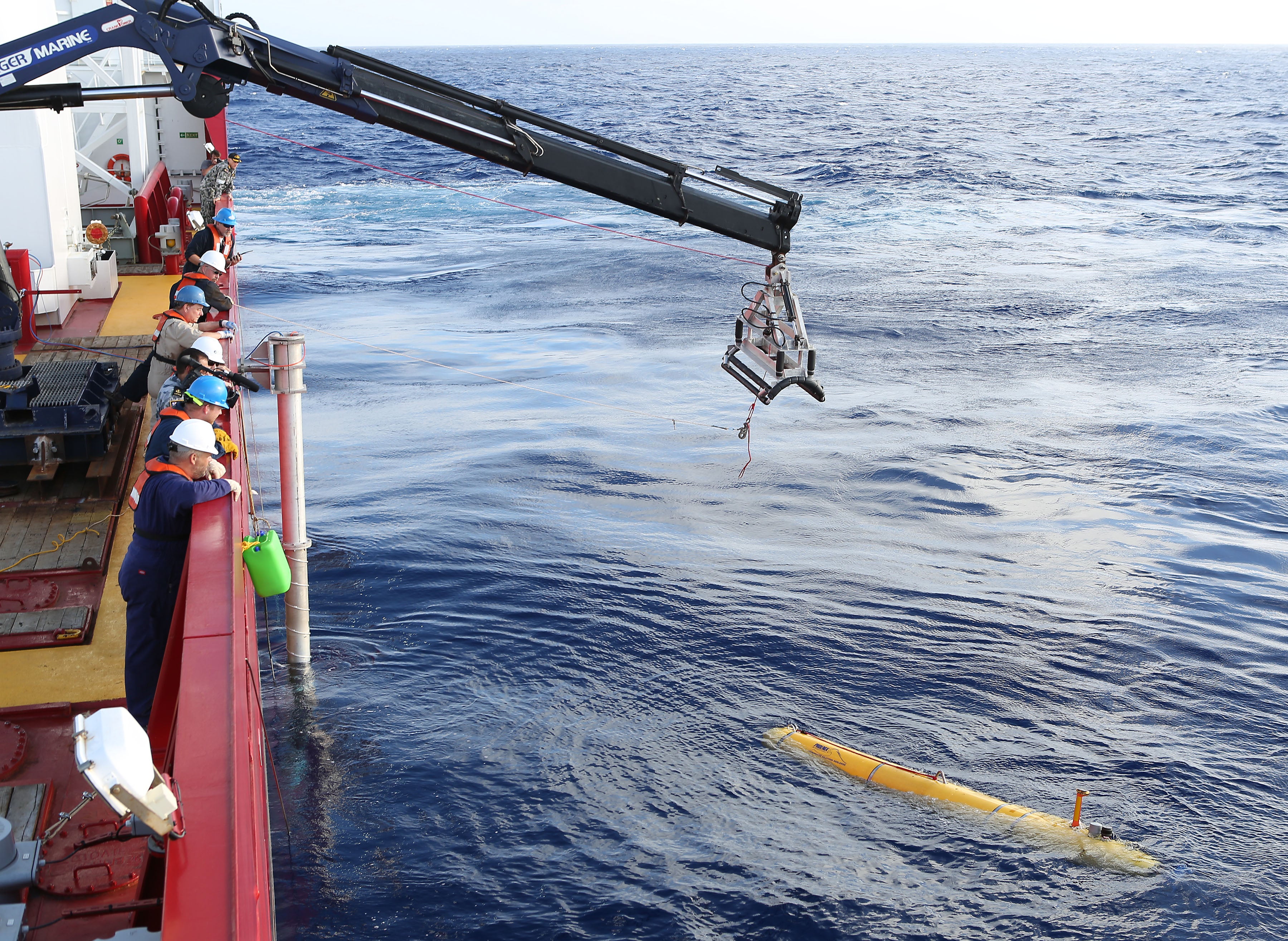
While tall tales of the Bermuda Triangle fed a public thirst for paranormal mysteries, for those who lived on the sea in that area the region was indeed dangerous… but perhaps for more prosaic reasons. Bill Lauber was born in Ohio and from a young age he was sailing on Lake Erie, graduating to ocean-going vessels and learning his trade in South Carolina before moving to St Thomas in the US Virgin Islands where he got his captain’s licence and from where, in 1984, he skippered a party boat called the Kon Tiki.
Docked near his boat in St Thomas was a beautiful three-masted ship called The Marques – so striking was it that it had been used in TV and film productions such as The Onedin Line, Poldark, Dracula, and the Voyage of Charles Darwin. Bill and his wife got friendly with TheMarques’s skipper, British man Stuart Finlay, his Antiguan-born wife, Aloma, and their 16- month-old son, Christopher.
The Bermuda Triangle is dangerous, but not because of aliens or monsters. It is the rogue waves, the hidden reefs and the hurricanes that have taken so many lives there
In June 1984 the family, along with their crew, set off to take part in the Tall Ships Race. About 70 nautical miles north of Bermuda, she was lost at sea. Among the 19 dead and missing were Stuart and his family.
Bill, now 67 and living in Harrogate, North Yorkshire, recalls the news filtering back to St Thomas – well before social media and instantaneous news – and the sailing community there being in shock. The most likely explanation was that The Marques had been hit by a rogue wave, and a subsequent investigation suggested that the hatches on the deck had been erroneously left open and that the ship at that point was being sailed singlehanded by the cook – two major mistakes. The cook being an unseasoned seaman would not have had the intuition and knowledge to deal with what was coming, and the hatches being open would have allowed the ship to fill quickly with water and be sunk.
Bill has sailed a lot in the Bermuda Triangle area, and in his time delivered a lot of boats to the islands around there. He has never been hit by a rogue wave, but knows how deadly they are.
“Rogue waves, or tidal waves, are one of the fastest things on Earth,” he says. “It’s hard to believe but they can come out of nowhere and move at 700mph. If that was what happened, it would have hit The Marques and pushed it over enough that the open hatches would fill with water.”
The tragedy of the Marques brings the tales of the Bermuda Triangle into sharp focus. Lives were lost and speaking to Bill, who knew the family – including the toddler – who died on the ship, lifts such stories above the fodder for conspiracy theories and paranormal posturing.
The Bermuda Triangle is dangerous, says Bill, but not because of aliens or monsters. It is the rogue waves, the hidden reefs, the hurricanes, that have taken so many lives there.
“I’ve been in dangerous situations,” he says, “but that is the nature of working on the sea. You have to respect the sea. There are many, many hazards out there and many reasons why a ship might be lost or an aircraft crash. But they are not supernatural reasons.
“In the sailing community, when these documentaries used to come on about the Bermuda Triangle we’d watch them and laugh. Those stories got spread around, old wives’ tales really. It was the sort of clickbait of its day. But nobody I knew believed in anything paranormal about the Bermuda Triangle, just because it’s an area where there have been a lot of boats lost. That just means it’s a place you need to pay extra special attention to.”
Bill Lauber has had no compunction about sailing in the Bermuda Triangle in his career. What about Shane Satterley? Even with his logical approach to the legend, would he dare?
“This is an interesting question,” he says. “When I hear it, I think to myself, would I have an issue with travelling to the 13th floor in a building, on stepping on a crack on a footpath? When you understand that there has never been any reliable evidence put forward for anything supernatural or paranormal it is liberating in your mind and daily life. Carl Sagan said science was a candle in the dark, but the scientific way of thinking also makes you less afraid of it.”
As a postscript, Manilow has been contacted for comment as to why the Bermuda Triangle was so much part of the public consciousness that he decided to co-write a song about it. No response was forthcoming, so let us content ourselves with the lyrics from his 1981 single that reached number 15 in the UK charts, which we can perhaps take as a salutary warning of the enduring mystery of this stretch of enigmatic sea, even as we know there’s nothing really to fear other than the excesses of Mother Nature: “Bermuda Triangle, it makes people disappear / Bermuda Triangle, don’t go too near.”



Join our commenting forum
Join thought-provoking conversations, follow other Independent readers and see their replies
0Comments